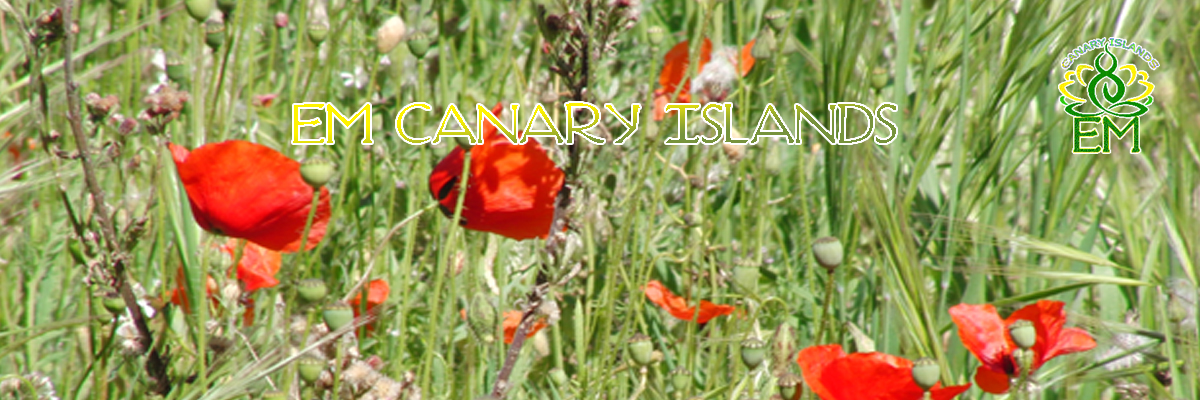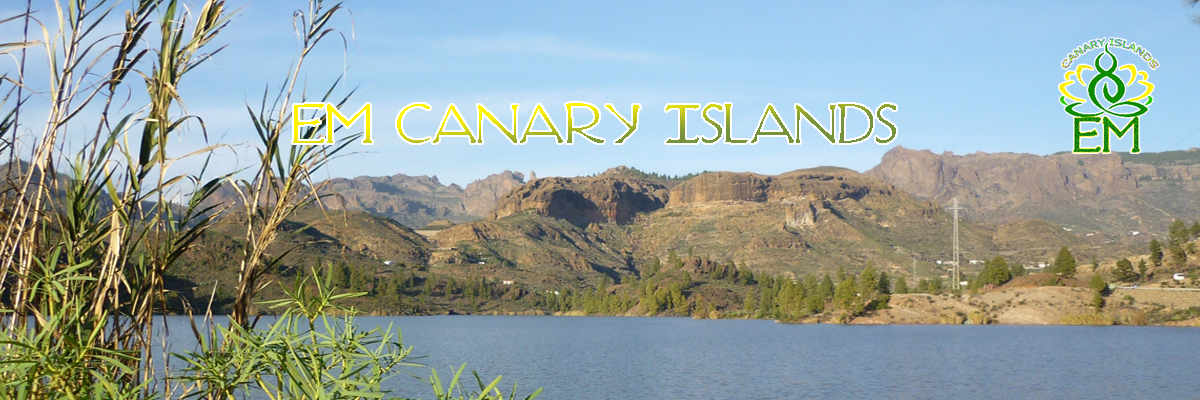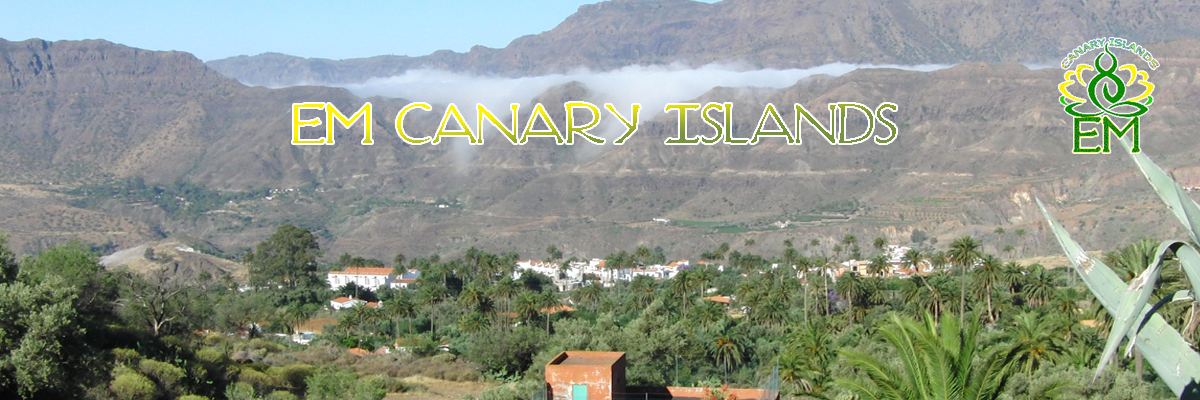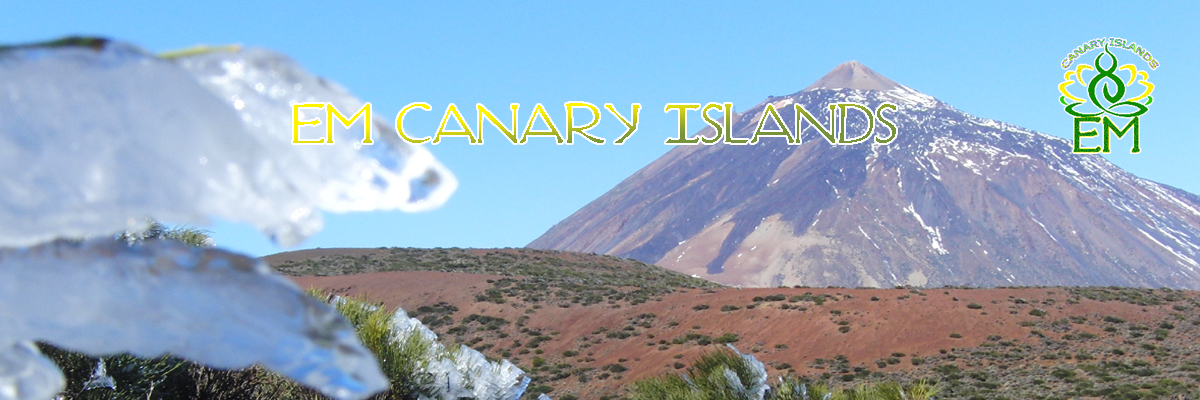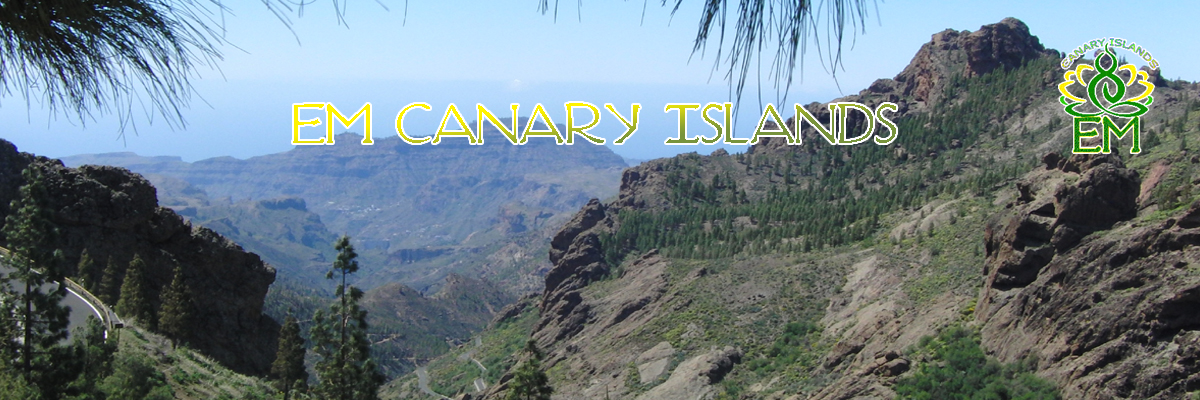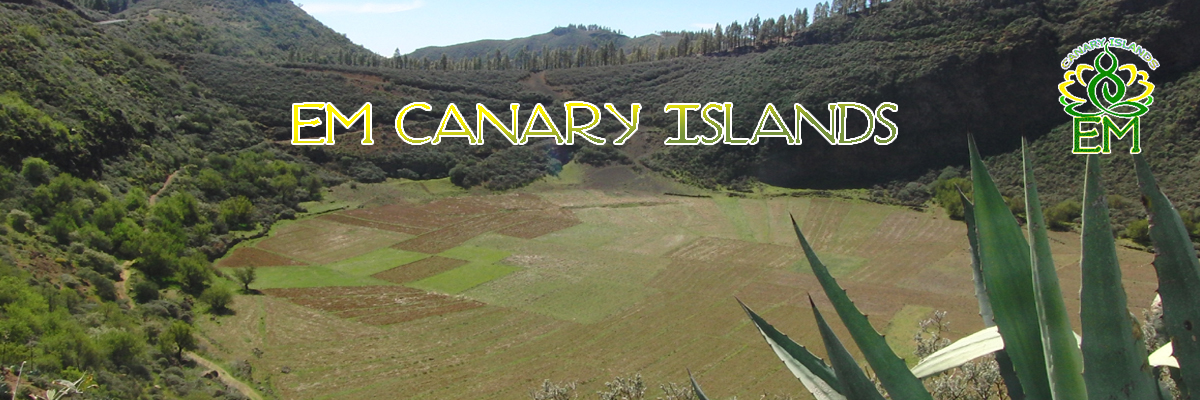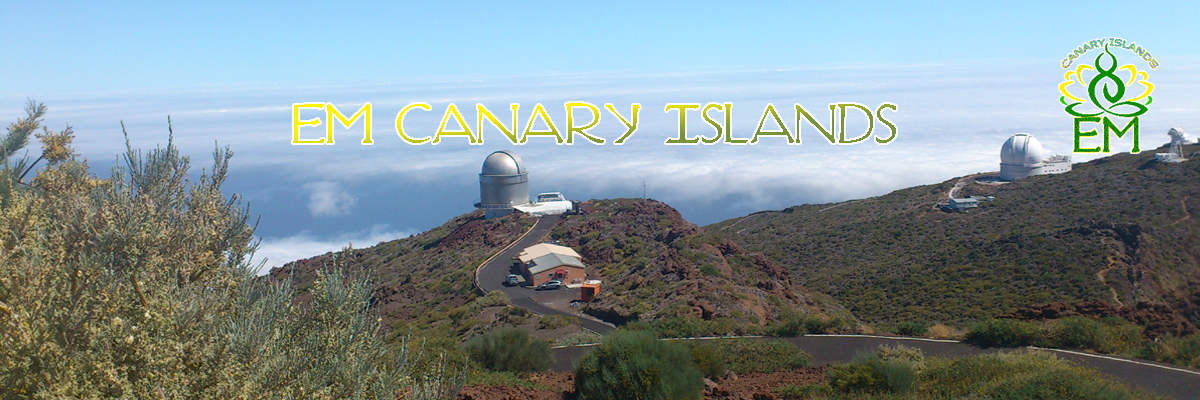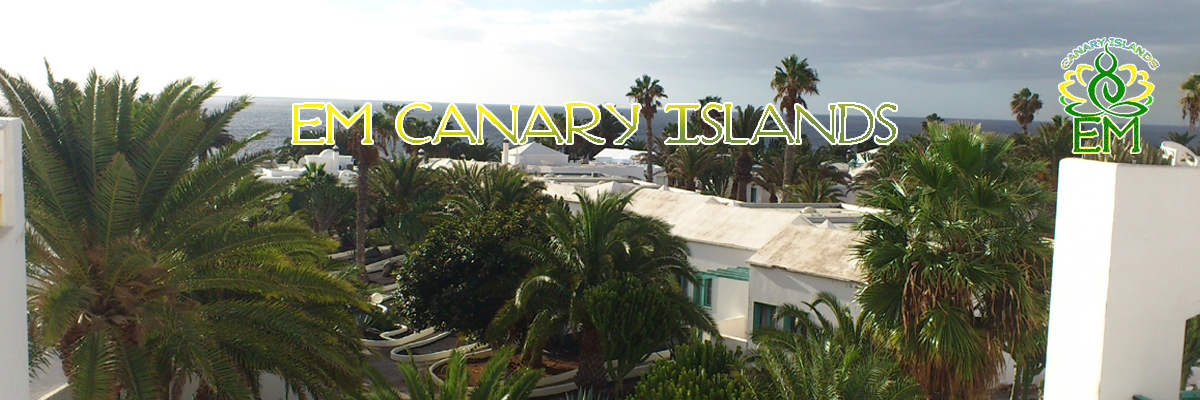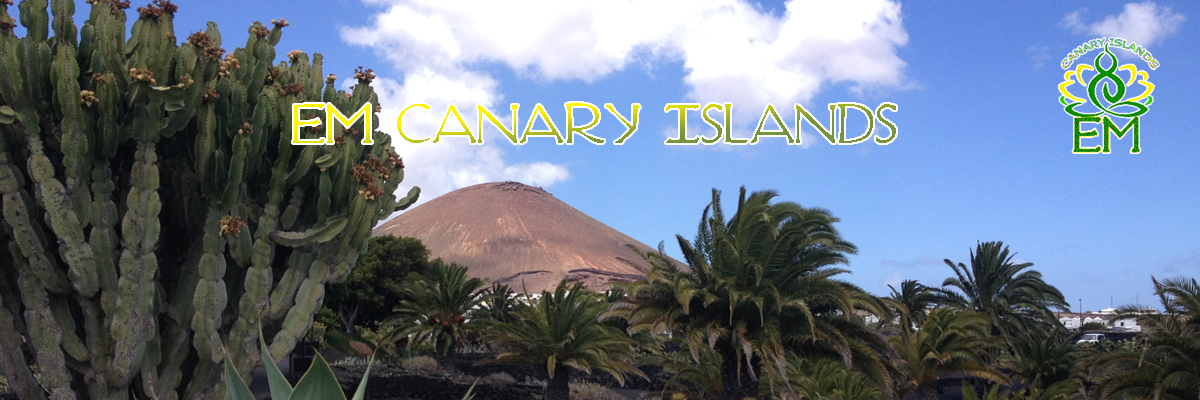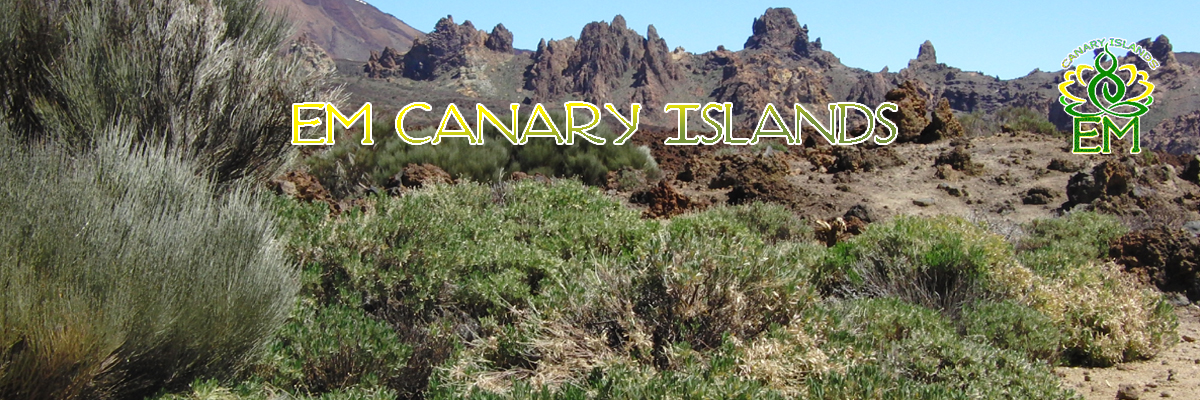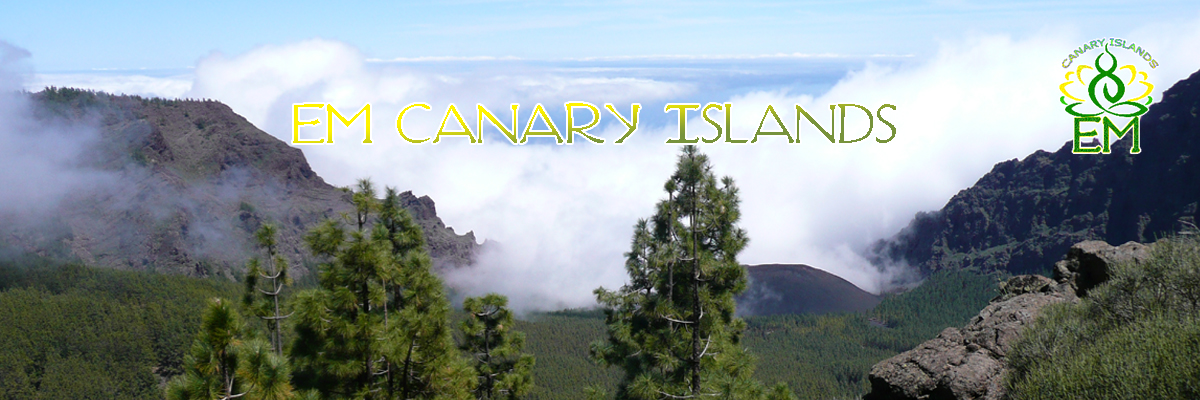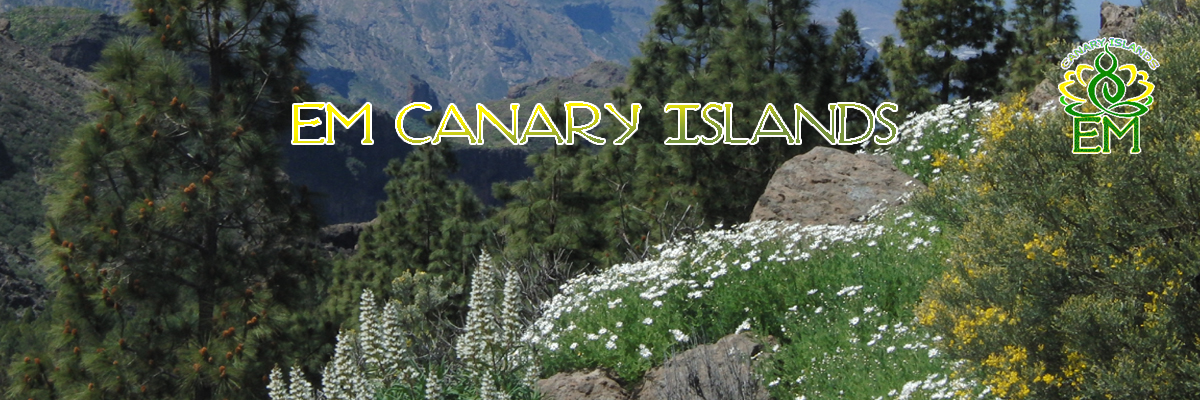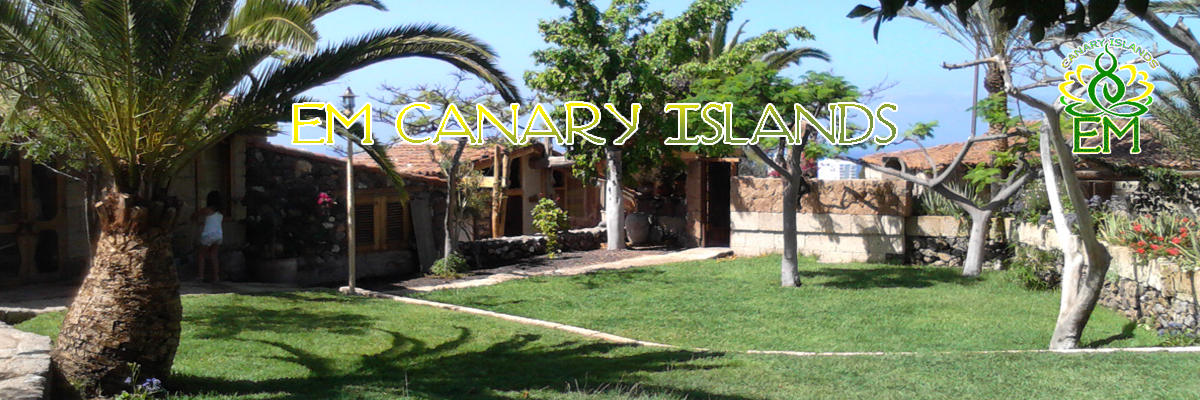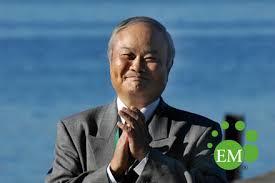 The Professor of Horticulture, Dr. Terou Higa, intensively researched
The Professor of Horticulture, Dr. Terou Higa, intensively researched
plant growth with microbial cultures in the 1970s at the University of Ryukyus on Okinawa (Japan).
In his research, he was mainly concerned with microbial cultures used in the production of lactic acid foods.
Thus, he found, rather by chance, a combination of microbes, which are able to influence decaying (anti-life)
organic matter so that life-promoting processes develop. (Lactic acid yeast and photosynthesis bacteria as well as fungi).
This combination of microbial strains he called EM, “Effective microorganisms”.
An important finding of his research was that he could divide all existing microbes into
three groups whose effects can be explained by the dominance principle. These three groups are:

Neutral microbes (co-workers)
80% of the microbes presents they are indifferent or neutral. In the image depicted,
it can be seen that no process takes place because there is a balance of the microbes among each other.

Dominant negative microbes (degrading)
If there is an excess of pathogenic microorganisms, the opportunistic microbes begin to join and support this process.
The degradation / decay is accelerated.

Dominant positive microbes (building up)
According to the dominant group of regenerative microorganisms (EM),
the opportunists support the direction of action and there is a regenerative development.

Conclusion: Whether decay or regenerative processes occur is determined by a quantitatively small group of microbial species. This explains the decisive principle of EM in its mode of operation. With relatively small amounts (EM 1 or EMtierra) the process direction can be changed in a medium (soil, water, air, …).
Today, EM is successfully used in more than 140 countries worldwide, as well as in numerous fields of agriculture, forestry and livestock farming, water treatment, waste composting and reduction of nuclear damage.
EM is therefore a soil aid, which can be used in many areas and initiates regenerative processes.
